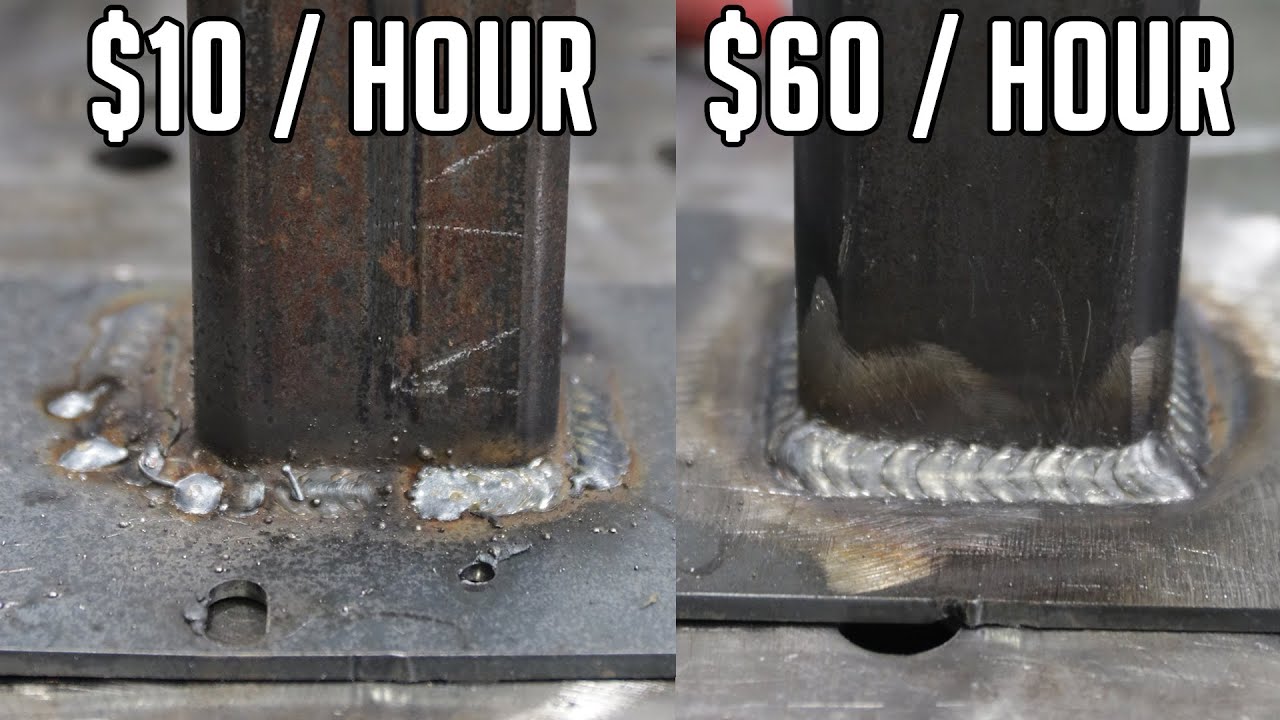Lean Automation Upgrades for Small Weld Shops
Small welding shops live in a world of competing priorities: keep quality high, ship on time, and stay within a tight budget. Lean automation offers a practical path to lift throughput and consistency without a six-figure overhaul. The key is to start small, leverage modular fixtures, and grow as you see real returns. This guide explains affordable options for tight budgets, basics of ROI, a practical rollout plan, and common deployment pitfalls to dodge.
Why lean automation matters for small weld shops
Lean automation isn’t about replacing skilled welders with machines; it’s about standardizing repeatable tasks to reduce bottlenecks, scrap, and variation. For small shops, even a modest automation upgrade can deliver noticeable gains in cycle time, first-pass quality, and operator safety. When your fixtures are modular and adaptable, you can reconfigure a line quickly for new part families, minimizing downtime between jobs. The payoff compounds: fewer repetitive tasks tiring your best welders, more consistent welds, and predictable scheduling that helps you win more work.
Beyond productivity, lean automation helps you build a scalable process. A modular approach lets you test a single cell, measure ROI, and then expand to multiple stations as demand grows. It also makes it easier to document standardized work, which simplifies training, certification testing, and compliance. For shops pursuing growth, lean automation is a practical cornerstone—not a risky, all-at-once capital gamble.
Affordable automation options for tight budgets
- Modular fixtures and fixturing blocks that snap together and adapt to new parts without custom machining
- Portable, scalable robotic cells that fit through standard shop doors and can be deployed as you add work or lines
- Versatile end-effectors and grippers designed for different weld processes and part geometries
- Simple conveyors and part-handling modules to reduce manual lifting and improve flow
- Offline programming and simulation tools (often bundled with entry-level robots) to plan cycles without tying up live welding cells
- Pre-configured welding packages for common processes (MIG, TIG, or stick) that minimize setup time
Choosing a modular approach means you can start with a single cell targeting a high-volume, repetitive weld task and expand later. Don’t overlook safety and training items: a compact, modular system should include proper guarding, interlocks, and clear operator instructions. The right setup reduces risk while delivering measurable improvements in consistency and speed.
ROI basics and a practical calculation
Return on investment for automation can be surprising in a small shop when you factor labor, throughput, and quality gains against the initial investment and ongoing maintenance. A simple way to frame ROI is payback period and annualized return on invested capital.
- Payback period = first-cost of the automation solution divided by net annual savings
- Net annual savings typically come from labor cost reductions, reduced overtime, fewer scrap reruns, energy savings, and improved throughput
Example scenario: A modest robotic cell costs about 60,000. If you can reassign roughly 0.8 full-time equivalent (FTE) from manual welding to other value-added tasks and improve cycle times, you might realize net annual savings of about 50,000 after maintenance and utilities. In this case, the payback would be around 1.2 years, and the annual ROI would be well above 70%. Real-world results vary with part mix, uptime, and training, but the math helps you decide if a small, modular automation upgrade makes sense for your shop.
When calculating ROI, be thorough: include downtime during transitions, additional consumables or energy, calibration and maintenance costs, and any software subscriptions. A transparent ROI model helps you communicate value to customers and lenders, and it gives your team a target to meet during the rollout.
Practical implementation roadmap
- Assess the current process and pick a candidate for the pilot — choose a repetitive, high-volume weld task with relatively consistent geometry.
- Define clear goals and success metrics — e.g., cycle-time reduction, scrap rate, or uptime targets.
- Map the value stream and identify where automation can remove manual steps without sacrificing quality.
- Select the appropriate level of automation — start with a modular fixture-driven cell or an entry-level robotic system that fits your current needs and budget.
- Build a pilot cell using modular fixtures and a small robot, and run with real parts to gather data.
- Measure results, adjust fixturing and programs, and document standard work for operators.
- Scale gradually — add more cells or expand to additional part families as ROI justifies the investment and production demand grows.
- Train operators and maintenance staff early; cross-train welders to handle the automation and keep a buffer of skilled technicians for troubleshooting.
A phased approach reduces risk and helps you demonstrate value to stakeholders. Start small, prove the concept, and scale with confidence as you hit your targets.
Pitfalls to dodge and best practices
- Overpromising performance — automation rarely magazines a shop overnight. Set realistic timelines and milestones.
- Underestimating fixturing and accessibility — poor fixtures create bottlenecks and scrap. Invest in robust, adaptable fixturing early.
- Skipping safety and training — guarding, interlocks, and operator training are essential for sustainable uptime.
- Ignoring maintenance — clean interfaces, lubrication plans, and spare parts reduce downtime.
- Vendor lock-in and integration surprises — choose modular, interoperable components and demand clear API/ interfacing options.
- Inadequate data collection — track KPI data during the pilot; without data, you can’t prove ROI or spot drift in performance.
By anticipating these pitfalls and leaning on a disciplined rollout, you can unlock automation benefits without destabilizing your shop’s current operations. The goal is a predictable, repeatable process that your welders can own and improve over time.
Key Takeaways and next steps
- Start small with modular fixtures and one automated cell focused on a high-volume, repeatable weld task.
- Frame ROI around real labor savings and throughput gains, and plan for ongoing maintenance and training.
- Involve welders early in the process to gain buy-in and capture practical improvement ideas.
- Document standard work and KPIs so you can measure success and guide future investments.
- Use a phased rollout with a pilot before expanding to full-scale automation.
Conclusion: Lean automation is a practical, phased approach that helps small weld shops unlock meaningful improvements without overextending budgets. With modular fixtures, careful ROI assessment, and a structured rollout, you can raise quality, boost throughput, and position your shop for sustainable growth.



